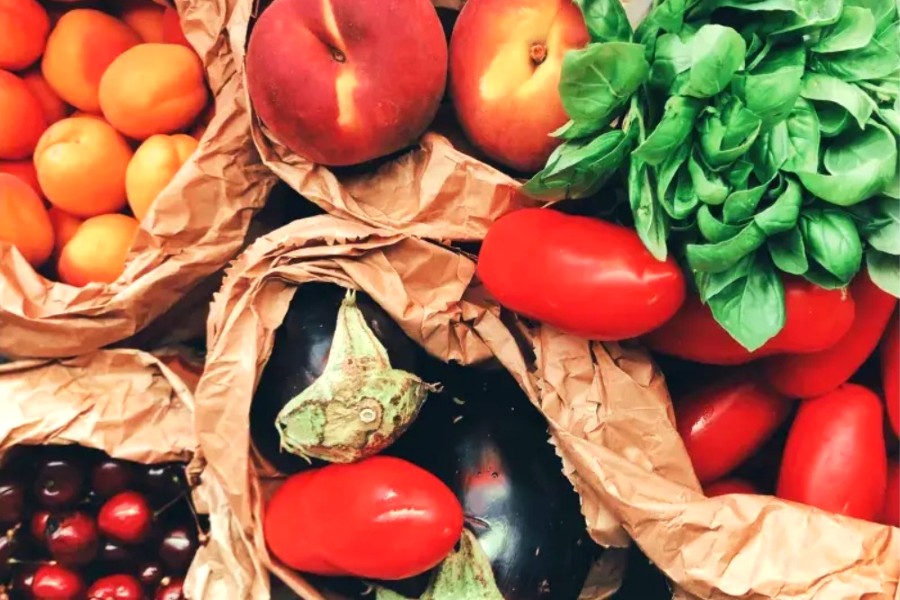 For many of us, coffee is a joy that cheers our day and ignites our day-to-day routine.
For many of us, coffee is a joy that cheers our day and ignites our day-to-day routine.
Many of us use coffee to kick start our day or complete our meals. If you are new to coffee, the flavors can differ significantly. You might be wondering what determines the characteristics found in your brewed cup of coffee; well, you’ve come to the right place. There isn’t a comprehensive answer to this question as we have many factors that can affect how coffee tastes. It’s rare to find a perfect selection of varieties that can guarantee the best coffee taste. From cultivation to packaging, many factors can determine the quality and intensity of coffee taste. Here are some factors you should understand.
1. Terroir
This refers to the influence of where coffee is grown. The region and country where coffee is grown have a considerable effect on the taste and flavor. For instance, coffee from Kenya will taste different from coffee from Peru. Based on reviews from www.blackinkcoffee.com/, it would be best to check the region when buying your coffee if you prefer coffee from a specific country. The specific requirements will also depend on the country’s altitude, soil type, and climate. If you want to understand your favorite coffees better, it will help if you learn its source and the terrain where it’s grown. Additionally, you can also know which countries and regions you prefer your coffee from. This makes it easier to choose a specific blend the next time you visit the coffee shop.
2. Variety
This is the second thing that influences the specific flavor and coffee. Even before the coffee plant that bears the coffee berry begins to grow, the variety is a vital factor. This is not as simple as just Arabica and Robusta. While Arabica is a good variety, we recommend staying away from the latter. The Arabica species has plenty of sorts, and some are being discovered as time goes. If you love wine, then you know variety has a significant impact on the flavor of what’s in the glass. If you want to understand more, you can research more from the internet or visit your local library.
3. Climate
If you’re a botany student, you know that coffee requires the perfect balance of rain, sunlight, and temperature to grow. These three elements should be well-balanced for the production of the highest-quality coffee beans. Experts say the climate of a particular region controls the growing season’s length and whether the berries ripen at optimal times. Even slight variations in rainfall and temperature can make a significant difference in the quality of the harvest. Also, soil provides plenty of nutrients and minerals that the coffee plant absorbs through the roots. These nutrients affect flavor, acidity, and body. If the surrounding environment has cool temperatures, the coffee berries will ripen more slowly hence developing a fuller flavor.
4. The Type of Roast
There’s a vast difference between light, medium, and dark roast, not just in color. Coffee roasting plays a significant role in improving the flavors and aromas of a bean. Plenty of chemical reactions occur inside the coffee bean during the roasting process. If a bean is roasted for an extended period, it means more flavors and aromas are unlocked. In simple terms, this means a cup of light roast coffee has a more mild taste while darker roasts reveal bold flavors and smoky undertones.
5. Are the Beans Fresh?
 The minute coffee beans are roasted, they start to lose the freshness almost immediately. For example, coffee stored in a store or left on your kitchen shelf will not cut. The lifespan of the coffee bean is about one month. However, this also depends on the packaging. We recommend storing coffee beans in an airtight container to retain the freshness of the beans. This ensures the flavor and aroma profiles are maintained. Additionally, grinding your coffee beans just before brewing helps to preserve the freshness.
The minute coffee beans are roasted, they start to lose the freshness almost immediately. For example, coffee stored in a store or left on your kitchen shelf will not cut. The lifespan of the coffee bean is about one month. However, this also depends on the packaging. We recommend storing coffee beans in an airtight container to retain the freshness of the beans. This ensures the flavor and aroma profiles are maintained. Additionally, grinding your coffee beans just before brewing helps to preserve the freshness.
6. Blending Matters Too
In some cases, coffee from various regions or even countries is continuously blended. This largely determines how coffee in a cup will taste. The best-blended coffee will always feature beans from the different areas and countries that complement each well. Over the past few years, single-origin coffees are becoming more popular since they allow the drinker to taste from one coffee farm explicitly.
These are a few ways coffee flavors are affected. Some other qualities that can affect coffee include the freshness of a crop, how the coffee is packaged, and the roast’s age. Additionally, even how coffee is stored both before and after roasting matters too. Each cup of coffee you drink – large or small – has its own story to tell.
Become a Harlem Insider!
By submitting this form, you are consenting to receive marketing emails from: . You can revoke your consent to receive emails at any time by using the SafeUnsubscribe® link, found at the bottom of every email. Emails are serviced by Constant Contact








